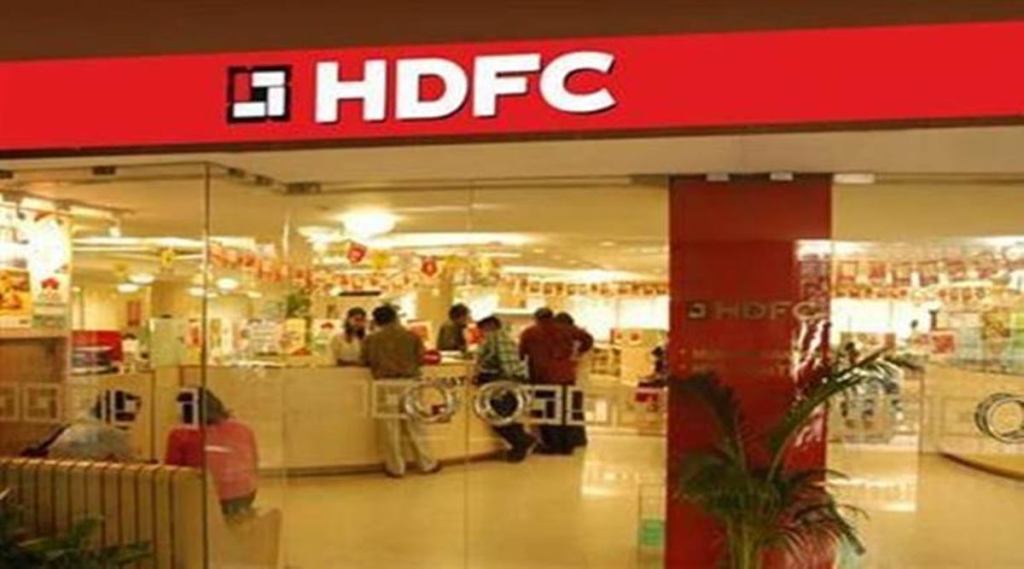Housing Development Finance Corporation (HDFC) on Friday reported a 22% year-on-year rise in its standalone net profit for the June quarter to Rs 3,669 crore on the back of a strong growth in loan disbursements.
During the quarter ended June 30, 2022, individual loan disbursements grew 66% over the year-ago period. Disbursements were the highest-ever for the company in the first quarter of any financial year.
The net interest income (NII) stood at Rs 4,447 crore, 7.8% higher than the same quarter in the previous year. The net interest margin (NIM) fell 10 basis points (bps) sequentially to 3.4%, as HDFC saw its borrowings getting repriced sooner than its loans. As repo rate hikes are transmitted to a larger part of the loan book, the management expects the NII growth to improve in next few quarters.
Keki Mistry, vice chairman & CEO, said the company has now revised the reset period for incremental individual loans from a quarterly to a monthly cycle in order to reduce the lag in transmission. “This should minimise the risk of transmission in the event of any future rate hikes,” Mistry said.
As on June 30, assets under management (AUM) stood at Rs 6.71 trillion, up 17% from Rs 5.74 trillion in the year-ago period. Individual loans comprised 79% of the AUM.
Mistry said the company continues to have a healthy pipeline of non-individual business. “We have also seen some repayments and prepayments… and resolution of some stressed assets and this has resulted in a lower growth in the non-individual segment. We currently have a good pipeline of construction finance loans as well as in the lease rental discounting segment and we expect non-individual AUM growth to accelerate in coming quarters,” he said.
The company carried provisions worth Rs 13,328 crore as on June 30. The gross non-performing asset (NPA) ratio fell 13 bps sequentially to 1.78%, with the ratio being 0.98% for the individual portfolio and 4.44% for the non-individual portfolio.
As of June 30, loans restructured under the central bank’s two resolution frameworks were equivalent to 0.77% of the loan book. Of the loans restructured, 98% are individual loans.
The capital adequacy ratio (CAR) stood at 21.9%, of which tier-I capital was 21.4% and tier-II capital was 0.5%. As per regulatory norms, the minimum requirements for the CAR and tier-I capital are 15% and 10% respectively.
HDFC intends to invest Rs 2,000 crore in its life insurance subsidiary through a preferential allotment of shares. Mistry said that HDFC Life’s solvency ratio has come down to about 176% as a result of the merger with Exide Life. Consequent to that, it was necessary for them to raise additional capital, and therefore, the idea was to take the solvency ratio to about 210% and the Rs 2,000-crore investment will take it up to 210%.
“We had said that we would like our stake in the insurance company to go up to 50% (at the time of announcement of HDFC’s merger with HDFC Bank), but we are still awaiting the detailed guidelines on what the RBI would like us to do. So if we were to do any further stake increase, it would obviously be with the knowledge and comfort of RBI,” Mistry said, adding that the stake raise approved on Friday was necessary largely as a result of the reduction in the solvency ratio of HDFC Life.


